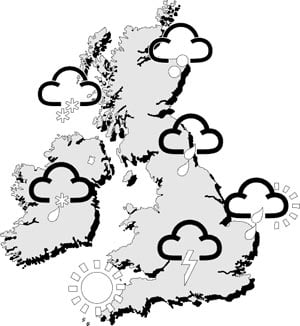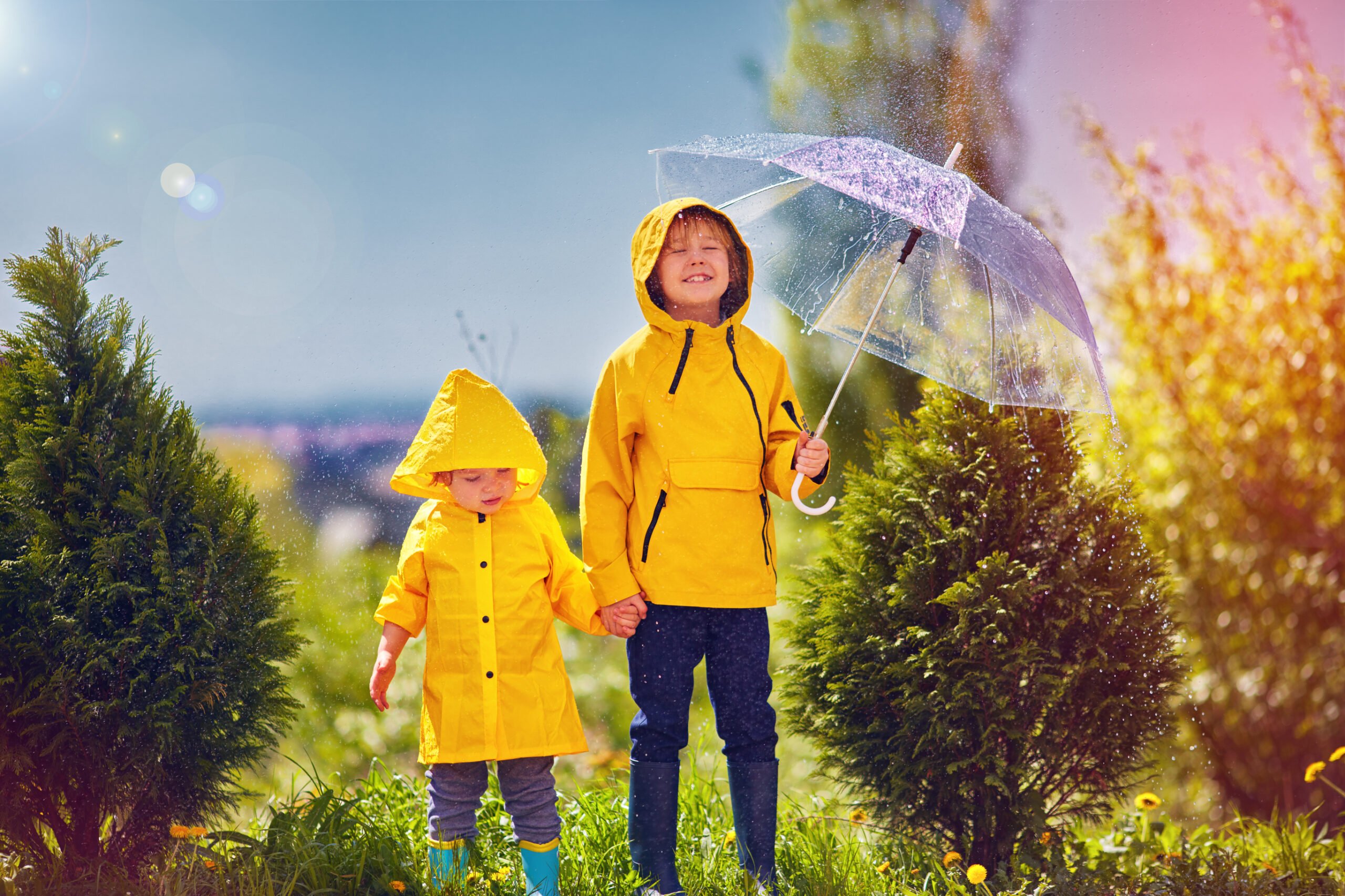Keeping warm
Upper Primary Science, Geography and Maths
Using a thermometer
Overview
In activity one, children will be introduced to thermometers and their uses, and have the opportunity to practise taking temperature readings using thermometers with different scales. They will link the measurement of temperature to how hot or cold things are.
In activity two, children will take careful readings of outside temperature during the day and try to explain findings in terms of weather conditions. Only a short time is needed at hourly intervals to take the temperature readings throughout the day.
Objectives
Children should learn:
to use a thermometer to make careful measurements of temperature, using standard measures.
that temperature is a measure of how hot or cold things are and that something hot will cool down and something cold will warm up until it is the same temperature as its surroundings.
to explain temperature and temperature changes using scientific knowledge and understanding
Lesson plans
Activity one
Introduction to using thermometers
Using slides 1 and 2 the children discuss uses of thermometers and are taught how to handle thermometers safely. They are then given a selection of thermometers to handle and examine.
Teach the children how to read the thermometer scale using the thermometer ITP.
Activity
Have containers of water at different temperatures ready, positioned so that all the children will be able to take temperature readings during the activity. Tell the children they will be practicing taking temperature readings for each container of water and the empty container which will be at room temperature. Remind the children that care will be needed when measuring the temperature of very hot water. Children record their measurements using the measuring temperatures worksheet and note the time. They will take a second reading an hour later.
While waiting to take the second reading, use the rest of the slides to practice reading temperatures, discuss temperature as a measure of how hot or cold things are and predict what will happen to the temperature of the water in the containers (the water will cool down or warm up to reach room temperature).
This will be a good time to introduce activity two, using slides 9 and 10 in preparation for starting the activity at 9a.m. when planned.
Plenary
Ask the children to measure the temperatures again and complete the worksheet.
Lower ability groups will need support to take temperature readings and complete the worksheet.
Lesson resources
You will need:
Containers of water at different temperatures including below room temperature and an empty container at room temperature.
Measuring temperatures worksheet
Activity two
Measuring the outside temperature
Place a thermometer in a safe place outside in the shade, away from direct sunlight.
Children take temperature readings at every hour and record them, using graph with or without scale.
Plenary
When children have completed all readings and constructed their bar graphs, discuss the results and ask children questions about their findings.
Ask the following:
What was the temperature at 9am?
What was the temperature at playtime?
How did the temperature change during the day?
What was the warmest time of the day?
Can you explain why the temperature changes during the day?
You will need:
Slides 9 and 10 from using a thermometer slideshow (above)
Outside temperatures worksheet
Outside temperatures worksheet(without scale).
Web page reproduced with the kind permission of the Met Office



